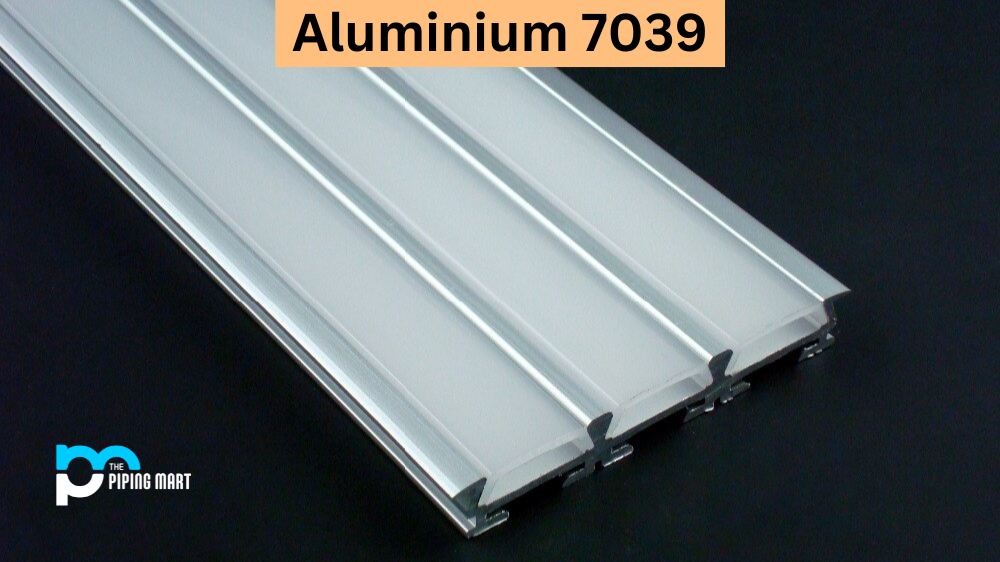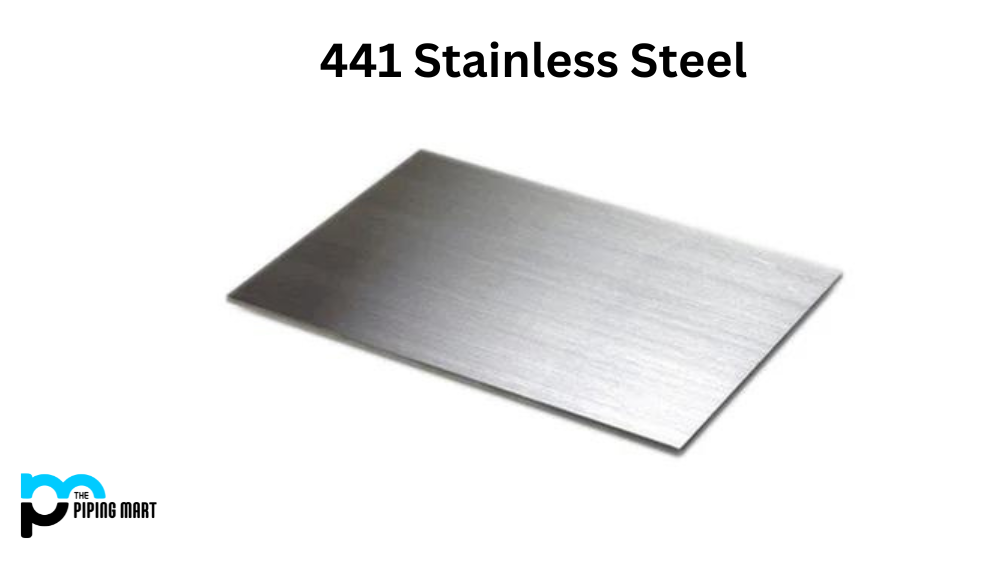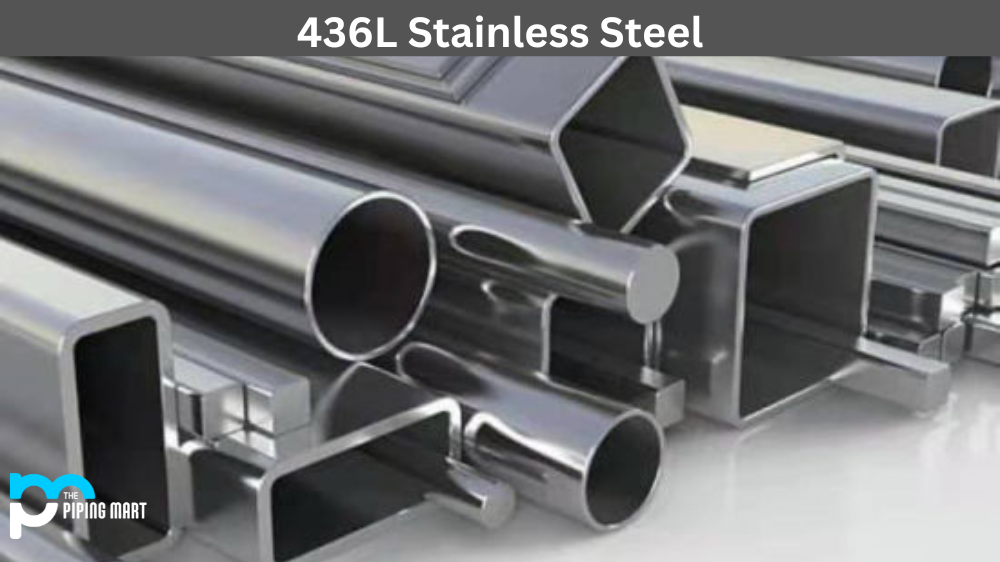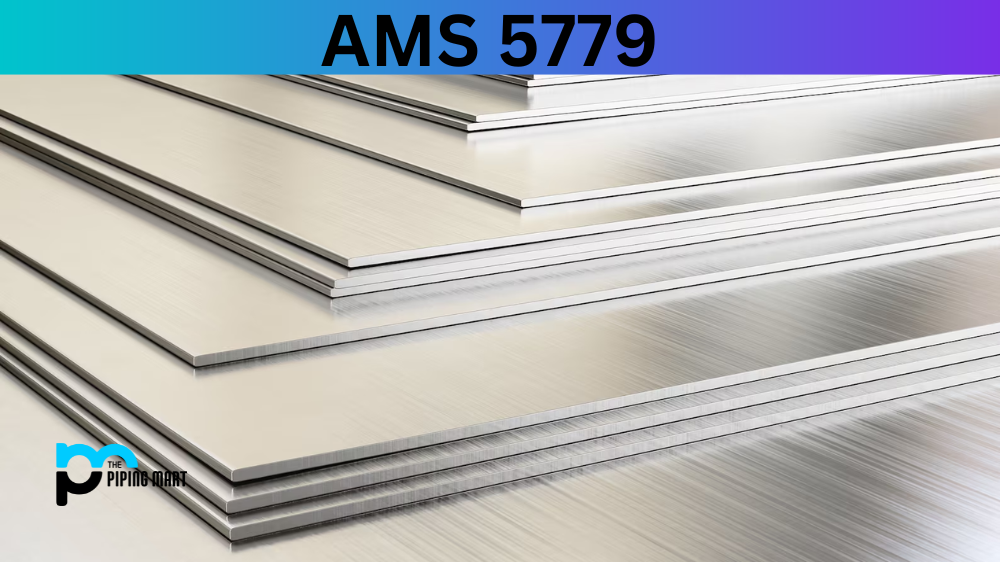Aluminum 7039 Alloy, also known as UNS A97039, is a popular metal alloy used in various industrial applications. It primarily comprises aluminum, with small amounts of other metals added to enhance its properties. This alloy possesses high strength and excellent corrosion resistance, making it an ideal choice in the aerospace, defense, and automotive industries. The properties of aluminum 7039 make it a popular choice among manufacturers looking for lightweight, durable, and strong materials for various applications. Whether you want to improve your machinery’s performance or strengthen your products, aluminum 7039 alloy is worth considering. In this blog post, we’ll explore 7039 Alloy in detail, looking at its properties, uses, and how to work with it.
What Forms of Aluminium 7039 is Available at Piping Mart?
- Aluminium 7039 Bar
- Aluminium 7039 Pipe
- Aluminium 7039 Tubes
- Aluminium 7039 Valves
- Aluminium 7039 Washers
- Aluminium 7039 Flanges
- Aluminium 7039 Fasteners
- Aluminium 7039 Sheet Plates
- Aluminium 7039 Pipe Fittings
- Aluminium 7039 Forged Fittings
7039 Alloy Composition
| Element | Content (%) |
|---|---|
| Zinc, Zn | 3.5 – 4.5 |
| Magnesium, Mg | 2.3 – 3.3 |
| Silicon, Si | 0.3 max |
| Iron, Fe | 0.4 max |
| Chromium, Cr | 0.15 – 0.25 |
| Manganese, Mn | 0.1 – 0.4 |
| Copper, Cu | 0.1 max |
| Titanium, Ti | 0.1 max |
| Remainder (total) | 0.15 max |
| Aluminum, Al | Remainder |
7039 Alloy Physical Properties
| Properties | Metric | Imperial |
|---|---|---|
| Density | 2.74 g/cm³ | 0.0990 lb/in³ |
| Melting point | 482-638°C | 900-1180 °F |
7039 Alloy Mechanical Properties
| Properties | Metric | Imperial |
|---|---|---|
| Tensile strength (@diameter 12.7 mm/0.500 in) | 450 MPa | 65300 psi |
| Yield strength (@diameter 12.7 mm/0.500 in) | 380 MPa | 55100 psi |
| Elongation at break (@diameter 12.7 mm/0.500 in) | 13% | 13% |
| Elastic modulus | 69.6 GPa | 10100 ksi |
| Shear strength | 255 MPa | 37000 psi |
| Hardness, Brinell (@load 500 kg; thickness 10.0 mm/1100 lb;0.394 in) | 133 | 133 |
| Hardness, Knoop (converted from Brinell hardness value) | 167 | 167 |
| Hardness, Rockwell A (converted from Brinell hardness value) | 50 | 50 |
| Hardness, Rockwell B (converted from brinell hardness value) | 81 | 81 |
| Hardness, Vickers (converted from Brinell hardness value) | 153 | 153 |
7039 Alloy Thermal Properties
| Properties | Metric | Imperial |
|---|---|---|
| Thermal expansion co-efficient (@20-100°C/68-212°F) | 23.4 µm/m°C | 13 µin/in°F |
| Thermal conductivity | 140 W/mK | 972 BTU in/hr.ft².°F |
7039 Alloy Uses
Aluminium 7039 is an aluminum alloy that offers high levels of strength and toughness when heat-treated. It also has excellent ease of machining properties, making it ideal for creating parts that require precision and repeatable accuracy. Because of these traits, Aluminum 7039 is commonly used in the aircraft industry for jet engines and landing gear components and increasingly in automotive applications such as brake rotors, suspension attachments and structural elements like reinforcements braces. Beyond these, aluminium 7039 is also used for various industrial purposes such as military vehicles and equipment, oil pipelines, offshore structures and architectural constructions. With its impressive range of beneficial properties that span both strength and malleability and its varying resistance to corrosion, aluminium 7039 has quickly established itself as a preferred material for many large-scale industries.
7039 Alloy Uses in Industries
- Aerospace Industry
- Automotive Industry
- Medical Equipment Industry
- Electronics Industry
- Construction Industry
7039 Alloy Corrosion Resistance
Aluminum 7039 provides superior corrosion resistance when compared to other aluminum alloys. This makes it the perfect choice for outdoor applications that are exposed to the elements, such as marine equipment or automotive parts. It can even be used in coastal areas without any fear of corrosion. The alloy also offers excellent protection against stress cracking, making it suitable for use in highly corrosive environments.
7039 Alloy Heat Resistance
Aluminum 7039 has an exceptional heat capacity and can withstand temperatures up to 500°C (932°F) without being damaged or losing its strength. As a result, it’s often used for high-temperature applications such as exhaust systems and industrial ovens, where the material needs to be able to handle extreme temperatures without failing.
7039 Alloy Heat Treatment
Aluminium 7039 responds well to heat treatment which allows the metal to be hardened for increased strength and durability. It can be heated until it reaches its critical temperature before being cooled quickly using oil or water-quenching methods. This process increases the hardness of the metal by up to 50%.
7039 Alloy Machining
Aluminum 7039 is machinable with conventional tools but may require some special techniques depending on the application. When machining this alloy, it’s important to remember that it has low thermal conductivity, so cooling times need to be increased significantly in order to avoid tool damage or deformation of the workpiece.
7039 Alloy Welding
Due to its excellent corrosion resistance properties, aluminum 7039 is often used for welding applications such as pipelines, pressure vessels and tanks, as well as structural components such as frames and bridges. The alloy is also very easy to weld with both TIG and MIG welding processes providing good results every time.
Conclusion:
In conclusion, aluminium 7039 is an ideal material for a variety of applications due to its excellent corrosion resistance combined with good heat resistance and machinability characteristics, making it easy to work with while still providing superior results every time you use it! Whether you’re looking for materials for outdoor structures or high-temperature equipment, aluminium 7039 should be your go-to choice!
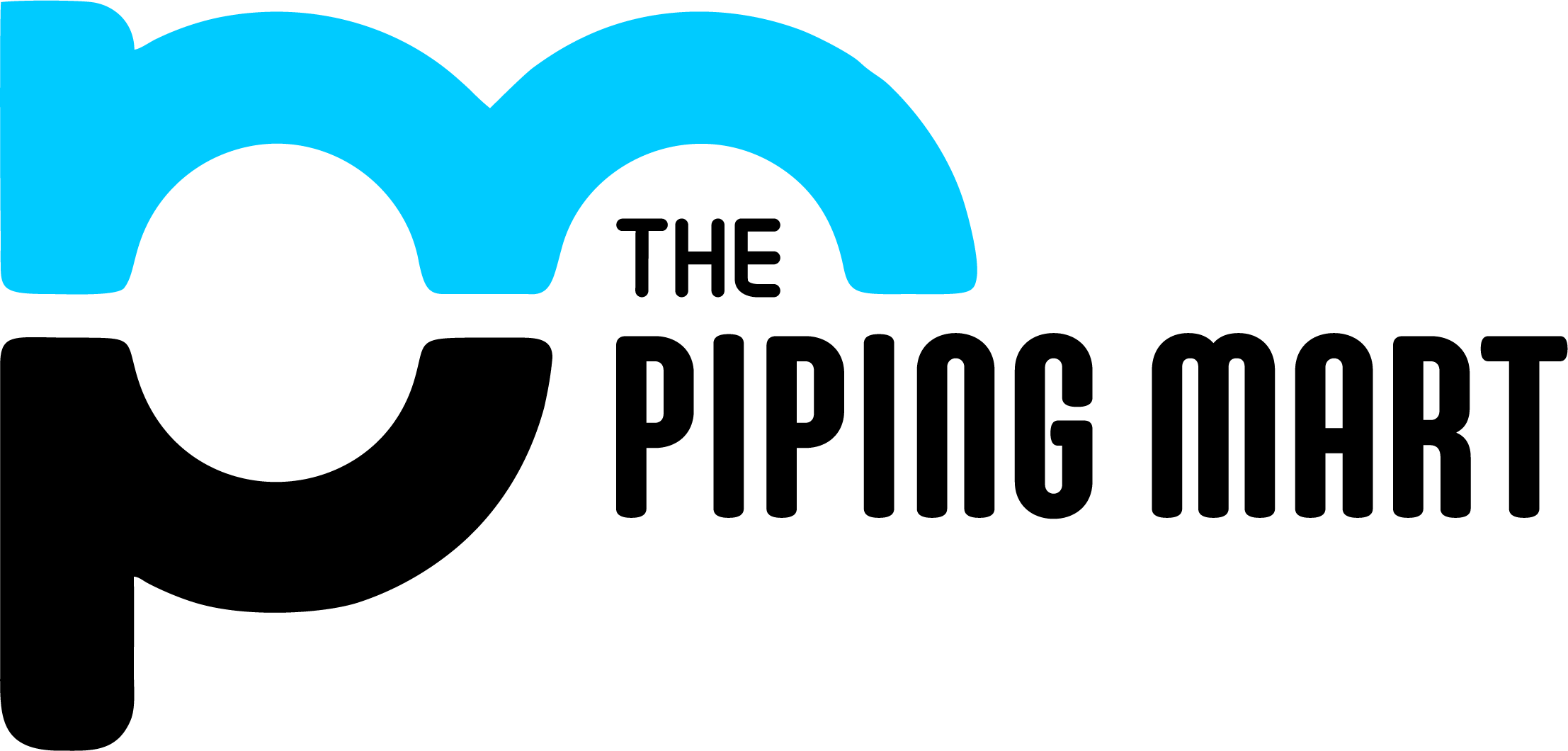
A passionate metal industry expert and blogger. With over 5 years of experience in the field, Palak brings a wealth of knowledge and insight to her writing. Whether discussing the latest trends in the metal industry or sharing tips, she is dedicated to helping others succeed in the metal industry.

